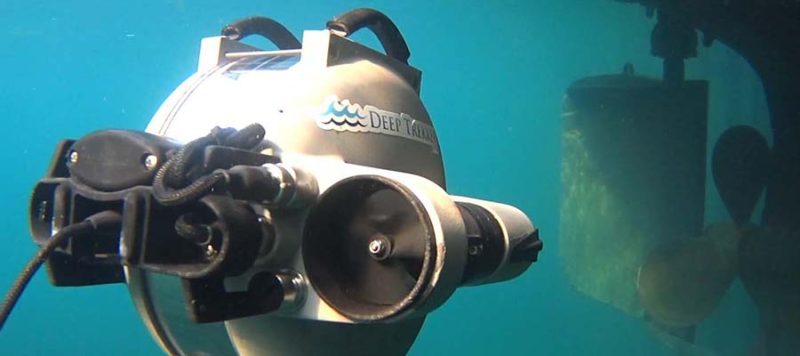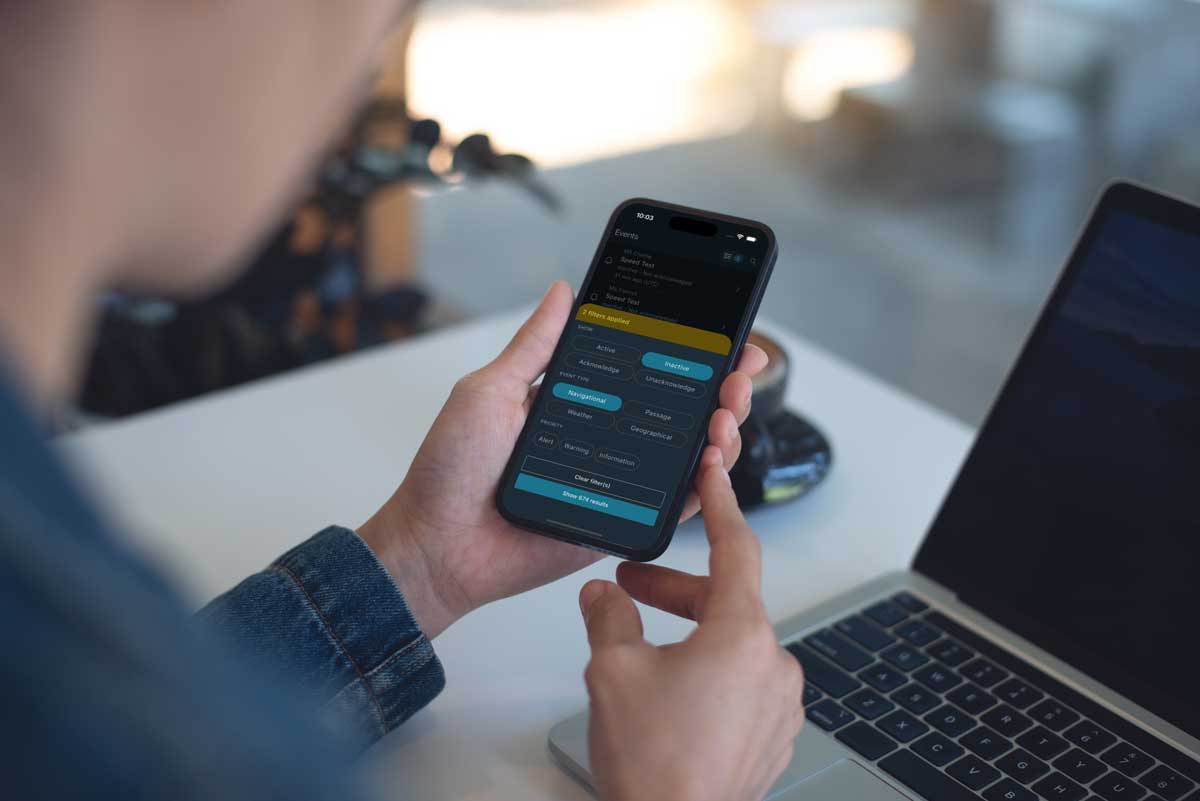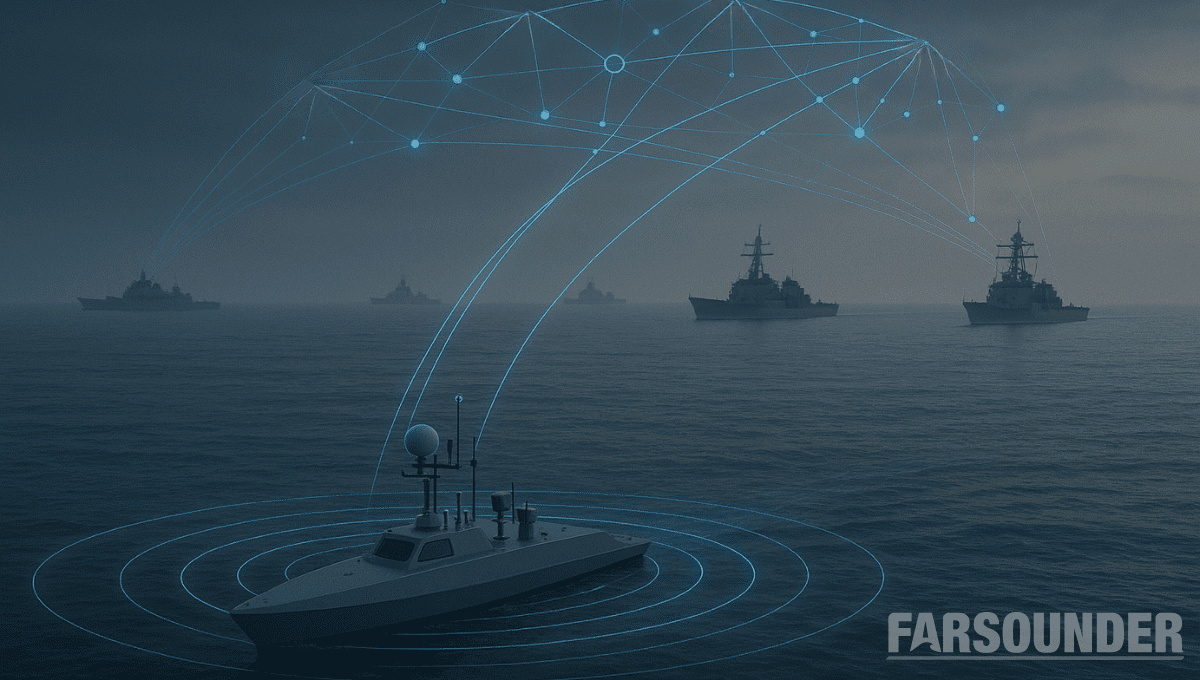
Article written and provided by Deep Trekker
A vessel’s structural integrity, potential transferring of invasive species, or contraband smuggling demands periodic inspections of a vessel’s hull during transit and when entering port. Threats to our security are often hidden in underwater locations, placed to cause destruction. Formerly, divers were required to put themselves in harm’s way to discover and dispose of threats, however, Deep Trekker remotely operated vehicles (ROVs) provide an affordable, user-friendly way to perform marine surveys, ship hull inspections, and more without diver intervention.
Challenges to Hull Inspections
There are a number of challenges to conducting hull inspections underwater. Searches are carried out under conditions of limited or near zero visibility and can often be dangerous to humans, severely limiting the ability for inspection. Hull shapes can be complex – making orientation and navigation difficult for divers. A remotely operated underwater vehicle is the preferred platform for hull inspections. Vessel inspections can be completed in far less time than diver searches with little or no risk.
Read more: Deep Trekker’s Ultimate Hull Inspection Package
How Can Deep Trekker ROVs Help
Deep Trekker offers innovative systems to protect civilians from harm and to allow hull inspections to be completed safely and in sufficient time. Take a look at our top 3 robotic systems for hull inspections in the defense and security industry:
1. DTG2 and DTX2 ROVs
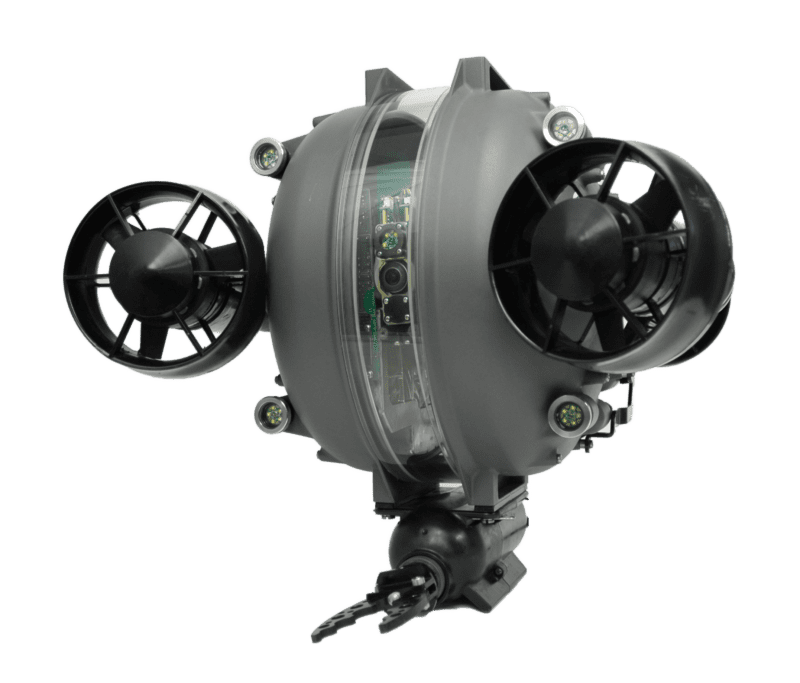
The DTG2 and DTX2 ROVs combined with advanced sonar allow for threat detection in water with little to no visibility up to 300 meters in depth, both from shore or by divers in the water. This enables real-time inspection of ships, ports, and harbors, as well as having open water applications in explosive ordnance identification
2. DTPod Surveillance Camera
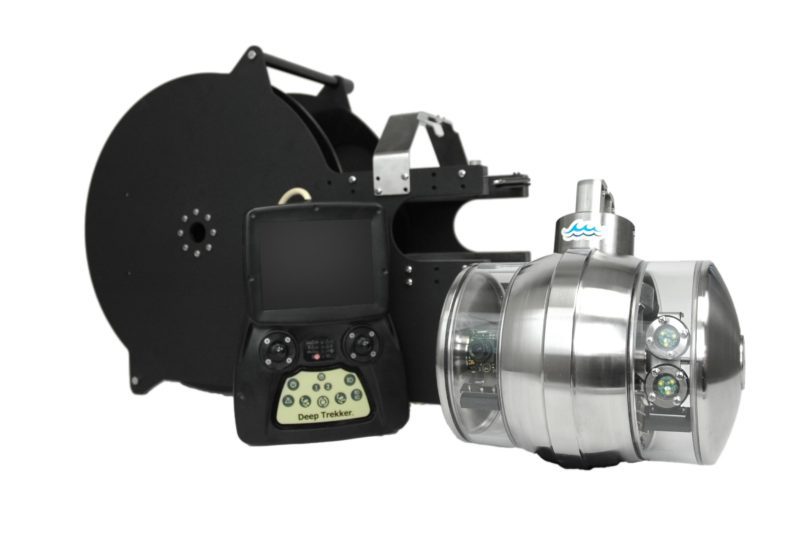
The DTPod surveillance camera can be used to offer constant monitoring of ports and harbors below the waterline. Designed to be permanently mounted, the DTPod offers 360-degree visual monitoring of critical infrastructure.
3. DT640 Mag Crawler

The DT640 Utility Crawler is used to ensure the security of ships using its magnetic wheels to crawl alongside the vessel hull and detect hidden contraband below the waterline using both cameras and sonar.
“Often, if we can’t see it, we pay no mind to it. Our robotics are designed to go places that aren’t normally seen,” says Sam Macdonald, President, Deep Trekker Inc. “There is a tremendous amount of underwater infrastructure that people don’t know about or underwater warfare, biology and ecology that people don’t know about. We want to create awareness by making tools that help uncover our underwater world and keep civilians safe.”
Port security threats remain high worldwide. Experts have identified a clear connection between crime and port security and an international agreement that certain crime and actions present danger to the maritime industry. ROVs are an enabling technology well suited for use by federal, state, local and private organizations that have inherited new requirements designed to improve the safety and security of ships, ports and harbours.
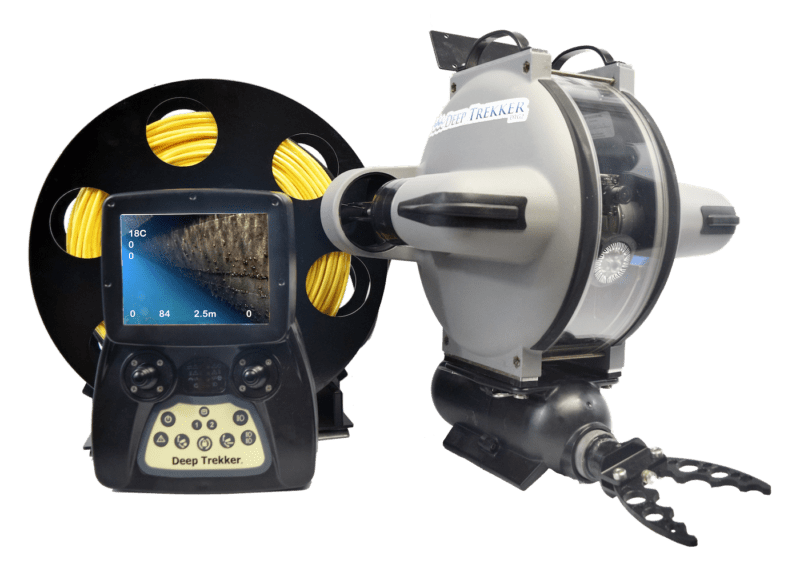

 Join The Club
Join The Club



